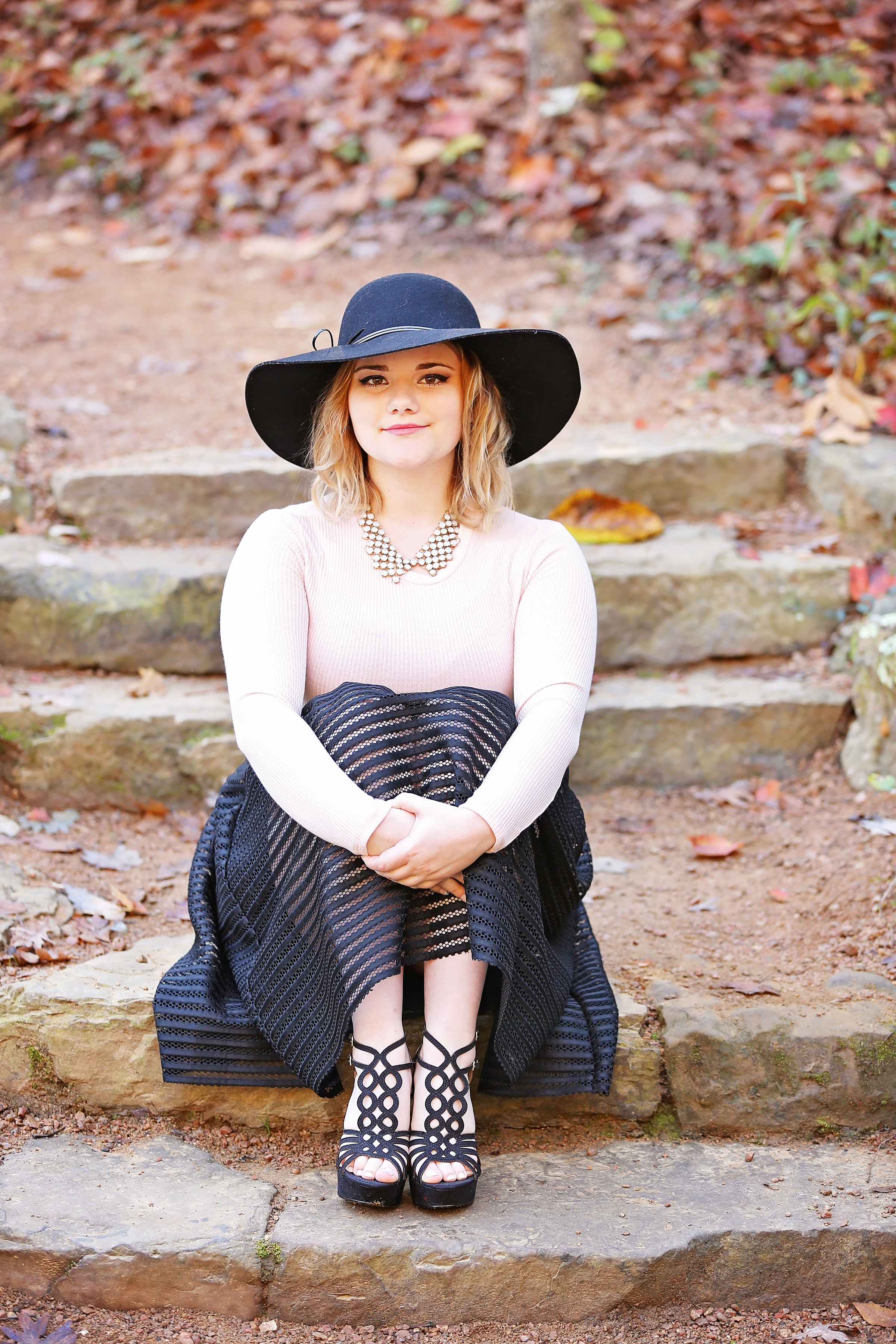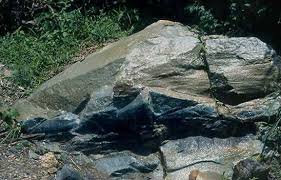Mezcala Stone "Temples"
- Jazlyn Sanderson

- Nov 15, 2020
- 3 min read
"They are the earliest depictions of buildings in ancient Mesoamerica." Matthew Robb, Pre-Columbian Art: A Selection from the John B. Elliott Collection

Coming across a Mezcala architectural model within a museum context is curious for the viewer. These models are unlike other artifacts in the surrounding Mesoamerican exhibit. They are made from smoothed stone, depicting temple-like colonnades, generally with only one facing. They represent a simplified façade to a presumed grand structure. Coming across this beautifully carved stone model within the Museum of Native American History, I thought this Greco-Roman artifact found itself in the wrong museum. But, after further investigation, it turns out that these artifacts are quite common in Mesoamerica (see the end for more information). The Mezcala Models are central to Guerrero. They also have a much more mysterious narrative on how they arrived in the present day.
There are perhaps more questions than answers when it comes to the Mezcala models. Why are Mezcala models more abundant than others? Maybe they were a thriving tradition, or perhaps stone just holds up better after 1,000 years? Who are the figures that are sometimes depicted? Are they representing a deceased person whose grave these were perhaps an offering for or someone else like an ancestor or patron? The label "temple" is even debated among scholars; some suggest these represent altars, dwellings, or tombs. An interpretation even suggests these represent a perishable funerary structure, such as a pyre. The model with a figure lying on the "roof" (shown above) would support this suggestion. With many of these artifacts found in grave contexts, scholars support the idea of these objects as an heirloom. The minimalistic representations of the buildings and figures make it easy to cast multiple interpretations of these objects.

These models may look like interpretations within the realm of "modern art." The materials, technique, and craftsmanship are likely woven into the fabric of the meaning of their existence. Some stones were locally sourced, while others were imported. Jadeite, for example, comes from Guatemala (map view). The material shows a powerful intent of the artisan and culture; for instance, greenstone is an igneous rock, one of the hardest stones to work with. These cultures only had obsidian tools to work with. Other than stone tools, a string-saw helped carve the smooth structure. The cord was made from hide or plant fiber, alongside an abrasive to cut through the stone. Interestingly, some stones even show evidence of repurposing into these stone temples. Some models' shape and curves could point to a past life as a spherical disk or an oblong ax. Other Mesoamerican cultures have been known to repurpose and reuse materials, though each case's reasoning is also debated.
Perhaps most interesting or maybe mysterious about these models are the buildings they supposedly represent. Archaeologists can not point to a direct source for any of these models. They remain minimalistic in approach, with no identifying characteristics of a standing piece of architecture. When scholars intend to look through these models as a window to the past, it becomes problematic when we can't see the physical and tangible building. This, however, does not mean buildings like those depicted in the models did not exist! Collonades could have been made out of perishable materials, like wood, which has since disintegrated into time. In fact, Tula and Chichen Itza still have standing stone colonnades but likely had a perishable roof. Even from the images here, we can still decipher knowledge about the past, like two-story buildings or the addition of a pediment! While mysterious and minimal, they are unique artifacts that continue to tell the people's stories in ancient Guerrero.
Note: "…these artifacts" being small scale sculptures depicting architectural models made from ceramic, stone, wood, or metal. Other Pre-Columbian architectural models sometimes depict larger scenes with figures and varying displays of buildings or rituals. For more information, I would encourage you to read Joanne Pillsbury's book listed below!
References:
Pillsbury, Joanne. Design for Eternity: Architectural Models from the Ancient Americas. New York: The Metropolitan Museum of Art, 2015.
Griffin, Gillet G., and Matthew H. Robb. "Pre-Columbian Art: A Selection from the John B. Elliott Collection." Record of the Art Museum, Princeton University 61, (2002): 26-35.
Marcus, Joyce. "How Monte Alban Represented Itself." The Art of Urbanism: How Mesoamerican Kingdoms Represented Themselves in Architecture and Imagery. Washington, D.C: Dumbarton Oaks Research Library and Collection, 2009. pp.77-106.
Images:
Mezcala Stone Temple Model, 1st-8th century, Guerrero, Mexico, The Metropolitan Museum of Art, https://www.metmuseum.org/art/collection/search/317536?searchField=All&sortBy=Relevance&ft=mezcala+stone+temple&offset=0&rpp=80&pos=57
Mezcala Stone Temple Model, 1st-8th century, Guerrero, Mexico, The Metropolitan Museum of Art, https://www.metmuseum.org/art/collection/search/317469
Mezcala Temple with Figure, 1st-8th century, Guerrero, Mexico, The Metropolitan Museum of Art, https://www.metmuseum.org/art/collection/search/317509?searchField=All&sortBy=Relevance&ft=mezcala+stone+temple&offset=80&rpp=80&pos=92
Mezcala Stone Temple, Late Preclassic Period, ca. 100 B.C. – 300 B.C., Guerrero, Mexico, The Museum of Native American History, Photo by Jazlyn Sanderson.










Comments